AUSSIE GUARDIAN
Protecting our Biodiversity
The Dingo plays a vital part in Australian ecology. Having been the nation's apex terrestrial predator for up to 20,000 years, the Dingo's role in Australian biodiversity is irreplaceable. Dingoes are the only native terrestrial animal that can keep numbers of large herbivores like kangaroos balanced. Keeping numbers of large herbivores balanced allows for the regrowth of vegetation that supplies other animals with food and shelter, and also prevents erosion of soils and sand around lakes, rivers and beaches. Without the Dingo, vegetation becomes over-consumed by herbivores and species of both native flora and fauna struggle to procreate. Eventually many species of plants, marsupials, mammals, reptiles and birds become extinct.
Since European settlement and the extensive eradication of the Dingo, over 100 native plant, 23 native bird, 4 native frog and 27 native mammal species have become extinct in Australia (Environment Protection and Biodiversity Conservation Act 1999).
Since European settlement and the extensive eradication of the Dingo, over 100 native plant, 23 native bird, 4 native frog and 27 native mammal species have become extinct in Australia (Environment Protection and Biodiversity Conservation Act 1999).
Introduced Ferals & Pests
When Europeans arrived in Australia, they introduced foreign animals that our native plants and animals were unable to compete with. These feral animals quickly took advantage of Australia's fragile ecosystem and have bred to plague proportions, daily placing immense pressure on our native flora and fauna. Studies conducted in central Australia found that just one feral cat was responsible for consuming over 30 native animals in just one night (Arid Recovery). With approximately 18 million feral cats in Australia it is not surprising that over 150 native species have become extinct since European settlement, with many others like the Bilby and the Eastern Barred Bandicoot soon to follow.
As unlikely as it may seem, the only natural and highly sustainable solution to the feral pest problem is the Dingo. Dingoes have been recorded to successfully eradicate feral cat and fox populations within their territories, and effectively manage numbers of feral rabbit, hare, goat, pig and kangaroo. This has resulted in the regrowth of endangered native vegetation, and the return of native animals like the Burrowing Bettong and Spinifex Hopping Mouse.
Unlike foxes and cats, Dingoes band together in packs to hunt prey larger than themselves. This allows smaller animals that are otherwise heavily targeted by feral cats and foxes to breed. The Dingo removes the feral predators that hunt our natives, as well as the feral herbivores that compete with our natives for food, shelter and territory. By allowing the Dingo to fulfil its natural role as Australia's apex terrestrial predator, many of our native species can be saved from the negative impacts of the feral pests listed below.
As unlikely as it may seem, the only natural and highly sustainable solution to the feral pest problem is the Dingo. Dingoes have been recorded to successfully eradicate feral cat and fox populations within their territories, and effectively manage numbers of feral rabbit, hare, goat, pig and kangaroo. This has resulted in the regrowth of endangered native vegetation, and the return of native animals like the Burrowing Bettong and Spinifex Hopping Mouse.
Unlike foxes and cats, Dingoes band together in packs to hunt prey larger than themselves. This allows smaller animals that are otherwise heavily targeted by feral cats and foxes to breed. The Dingo removes the feral predators that hunt our natives, as well as the feral herbivores that compete with our natives for food, shelter and territory. By allowing the Dingo to fulfil its natural role as Australia's apex terrestrial predator, many of our native species can be saved from the negative impacts of the feral pests listed below.
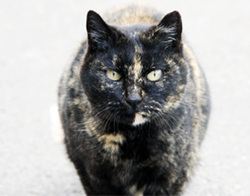
Feral Cat
Felis Catus
Est. 18 Million
Felis Catus
Est. 18 Million
- Heavy predation of native animals
- Predation and disruption of native animal breeding sites
- Spread of disease and parasites
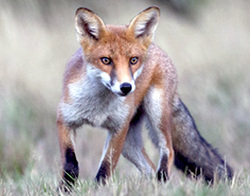
European Red Fox
Vulpes vulpes
Est. 7 Million
Vulpes vulpes
Est. 7 Million
- Excessive predation of native animals
- Predation and disruption of native animal breeding sites
- Spread of disease and parasites
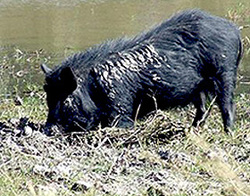
Feral Pig
Sus scrofa linnaeus
Est. 23 Million
Sus scrofa linnaeus
Est. 23 Million
- Destruction of native habitats
- Over-consumption of native plants, grasses and small animals
- Predation and disruption of native animal breeding sites
- Spread of disease and parasites
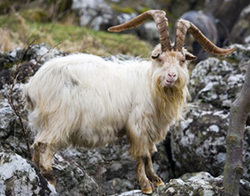
Feral Goat
Capra aegagrus hircus
Est. 3+ Million
Capra aegagrus hircus
Est. 3+ Million
- Destruction of native habitats
- Over-consumption of native plants and grasses
- Disruption of native animal breeding sites
- Spread of disease and parasites
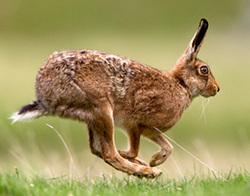
European Hare
Lepus europaeus
Est. 5+ Million
Lepus europaeus
Est. 5+ Million
- Destruction of native habitats
- Over-consumption of native plants and grasses
- Disruption of native animal breeding sites
- Spread of disease and parasites
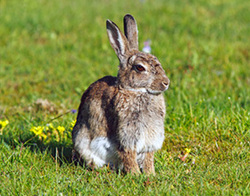
European Rabbit
Oryctolagus cuniculus
Est. 200+ Million
Oryctolagus cuniculus
Est. 200+ Million
- Destruction of native habitats
- Over-consumption of native plants and grasses
- Disruption of native animal breeding sites
- Spread of disease and parasites
The Dingo Difference
With over 250 million feral cats, foxes, pigs, goats, hares and rabbits threatening our native flora fauna, it is of little wonder that so many natives are vulnerable to the threat of extinction. As unlikely as it may seem, the only natural and highly sustainable solution to the feral pest problem, and the protection of our natives, is in fact the Dingo.
If the Dingo was once again permitted to perform the natural role it had been performing for the 20,000 years, there is a strong inference that the balance of Australian biodiversity would drastically improve. Places where the Dingo has been eradicated has seen a decline in other native animals and plants. However, where the Dingo has been reintroduced, our native flora and fauna has bounced back as the Dingo has protected our natives against feral threats and the overpopulation of large native herbivores.
Below are some of our most vulnerable natives that the Dingo has the capacity to save.
If the Dingo was once again permitted to perform the natural role it had been performing for the 20,000 years, there is a strong inference that the balance of Australian biodiversity would drastically improve. Places where the Dingo has been eradicated has seen a decline in other native animals and plants. However, where the Dingo has been reintroduced, our native flora and fauna has bounced back as the Dingo has protected our natives against feral threats and the overpopulation of large native herbivores.
Below are some of our most vulnerable natives that the Dingo has the capacity to save.
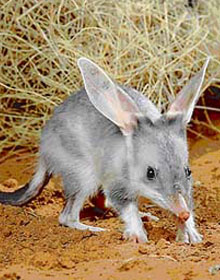
Bilby
Macrotis lagotis Critically Endangered
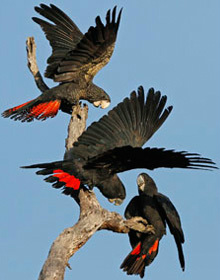
Red-tailed Black Cockatoo
Calyptorhychus banksii Critically Endangered
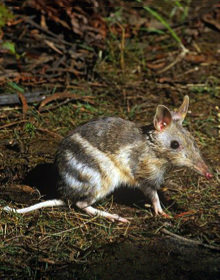
Eastern Barred Bandicoot
Perameles gunnii Critically Endangered
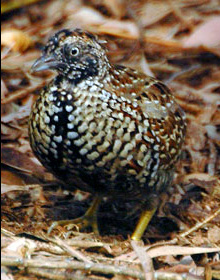
Black-breasted Button-quail
Turnix melanogaster Critically Endangered
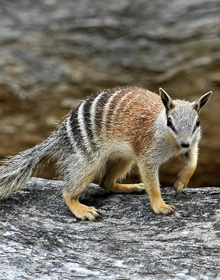
Numbat
Myrmecobius fasciatus Endangered
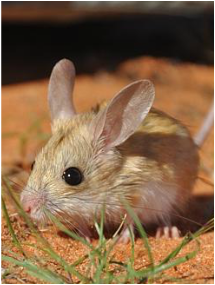
Dusky Hoping Mouse
Notomys fuscus Endangered
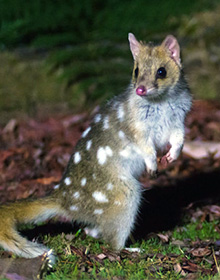
Eastern Quoll
Dasyurus viverrinus Endangered
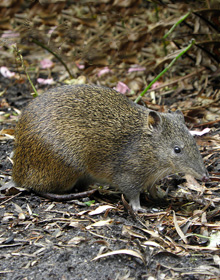
Southern Brown Bandicoot
Isoodon obesulus obesulus Endangered
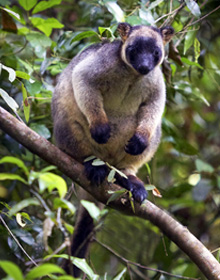
Lumholtz's Tree Kangaroo
Dendrolagus lumholtzi Threatened
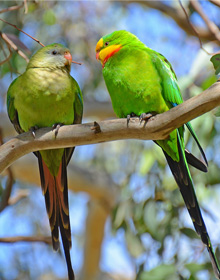
Superb Parrot
Polytelis swainsonii Vulnerable
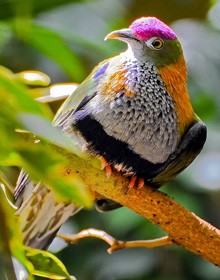
Superb Fruit-Dove
Ptilinopus superbus Vulnerable
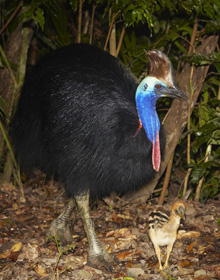
Southern Cassowary
Casuarius casuarius Vulnerable
|
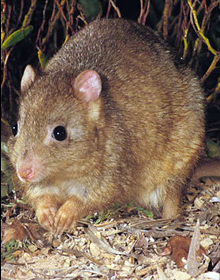
Burrowing Bettong
Bettongia lesueur Critically Endangered
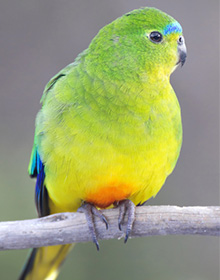
Orange-bellied Parrot
Neophema chrysogaster Critically Endangered
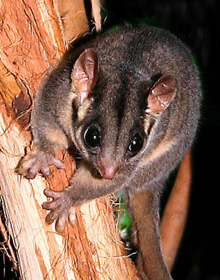
Leadbeater's Possum
Gymnobelideus leadbeateri Critically Endangered
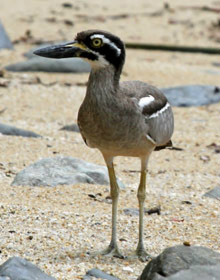
Beach Stone Curlew
Esacus neglectus Critically Endangered
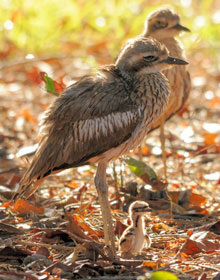
Bush Stone Curlew
Burhinus grallarius Endangered
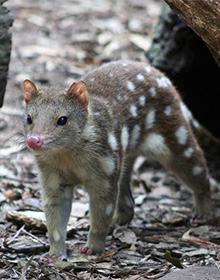
Spotted-Tailed Quoll
Dasyurus maculatus Endangered
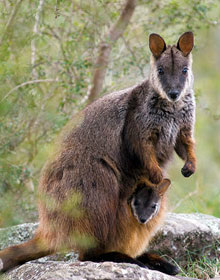
Brush-tailed Rock-wallaby
Petrogale penicillata Endangered
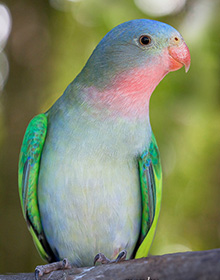
Princess Parrot
Polytelis alexandrae Threatened
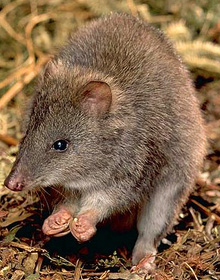
Long Nosed Potoroo
Potorous tridactylus Vulnerable
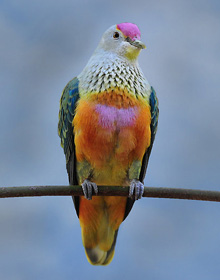
Rose-crowned Fruit-Dove
Ptilinopus regina Vulnerable
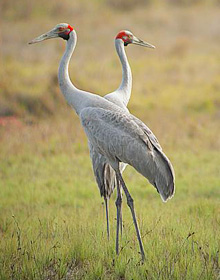
Brolga
Grus rubicundus Vulnerable
|










